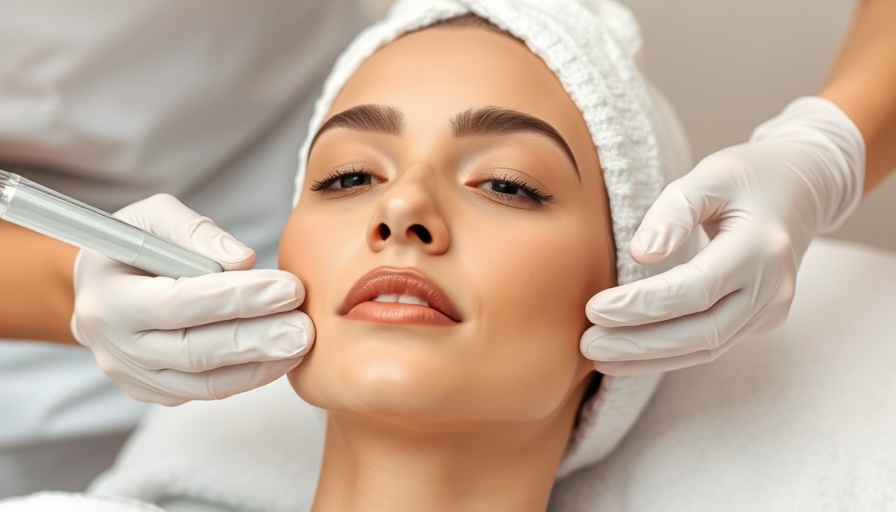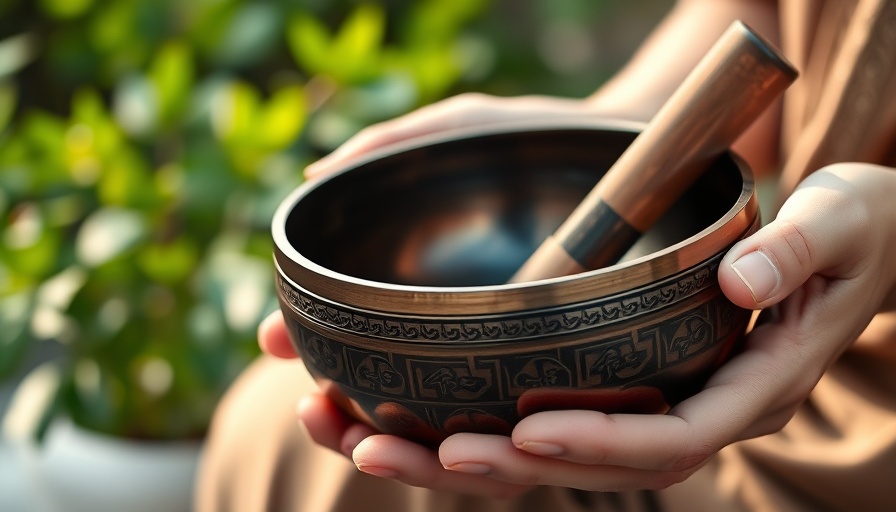Spas Are the New Stadiums: Why Movement, Recovery & Connection Matter Now
What happens when wellness stops being passive and becomes a way to play, connect, and grow? That’s exactly what’s happening across the spa industry as movement-based experiences like pickleball, dance, and recovery programs reshape what it means to "go to the spa." This isn’t just a wellness trend—it’s a wellness transformation.
With sports tourism projected to hit $1.8 trillion by 2030 and athleisure booming, guests are no longer satisfied with a massage and a steam room. They’re looking for dynamic ways to stay active, feel better, and do it all in environments that nourish their minds and bodies.
“Sport does what nothing else does—it brings people together.”— Wendy Bosalavage, President of LIVunLtd
This article explores how spas can step confidently into the movement and recovery space—not just to keep up, but to lead. From simple service enhancements to whole new guest experiences, the opportunities are energizing, innovative, and deeply needed in today’s disconnected world.
The Role of Movement and Community in Wellness
Movement is more than exercise—it's a gateway to joy, connection, and vitality. When integrated into spa environments, movement-based experiences bring a sense of fun and purpose that traditional spa treatments alone can’t match.
Embracing Joyful Motion
Whether it’s a group pickleball session, a morning dance class, or guided mobility work, offering guests ways to move their bodies mindfully helps unlock deeper, lasting wellness. These activities don’t just burn calories—they ignite happiness, reduce stress, and promote mental clarity.
“Dance is super accessible. Moving your body is one of the number one ways to stay well—and it’s joyful.”— Petra Kolber
Movement-based experiences have been shown to enhance brain function and emotional wellbeing. As “People who are physically active have a stronger sense of purpose and hope.”— Dr. Kelly McGonigal, health psychologist and author of "The Joy of Movement" By integrating this understanding into spa services, spas can directly support the emotional and psychological resilience of their guests.
Community Over Competition
Recreational movement welcomes all ability levels. Instead of fostering pressure or comparison, it builds trust and human connection. In spa environments, these moments of shared laughter, synchronized movement, and supportive encouragement turn into memorable guest experiences that extend beyond the treatment room.
“Engaging in group activities that involve movement not only improves mood but strengthens social bonds.”— Dr. Samantha Boardman, psychiatrist and wellness researcher
Spas that encourage group connection stand to create more loyal and emotionally invested guests.
The Rise of Sport-Driven Wellness Travel
Wellness travel is booming—and spas are in the spotlight. The global sports tourism industry is projected to exceed $1.8 trillion by 2030.
Blending Fitness and Hospitality
More travelers want to remain active during vacation, but they’re no longer satisfied with hotel gyms or basic yoga classes. Now, they’re looking for curated experiences: basketball courts at upscale resorts, personalized training retreats, or workshops that educate while energizing. Spas that blur the line between fitness and hospitality elevate the guest experience and set themselves apart.
New Spa Services to Meet Demand
Spas can evolve their service menus to include:
Functional movement zones with space for guided warmups and cooldowns
Recovery lounges offering compression therapy, cold plunge tubs, and zero-gravity chairs
Wellness workshops with sports medicine experts or mobility specialists
These services deepen a guest’s physical engagement while demonstrating the spa’s commitment to performance and recovery.
Why Now? COVID’s Role in the Shift
COVID-19 reshaped how people value movement and connection. With gym closures and social distancing, many rediscovered walking, dancing at home, and the simple joy of moving outdoors. Wellness became about more than physical health—it became about joy and resilience.
A New Purpose for Spas
As society reemerges from the pandemic, people crave safe spaces that allow movement, healing, and reconnection. Spas that offer outdoor fitness classes, meditation gardens, and small group movement workshops are not only meeting this need—they’re reintroducing guests to community, vitality, and belonging. These experiences transform a spa visit from a moment of escape to a ritual of renewal.
According to “Movement is medicine. And the spa industry is one of the most effective ways to deliver it.”— Dr. Richard Carmona, 17th Surgeon General of the United States
Actionable Tips for Weekend Warriors
Weekend warriors often go from sedentary workweeks to intense activity, risking injury. Spas can play a key role in preparation and recovery.
Dynamic Warm-Ups
As “You can’t just go from your desk to a rotating racket sport. Your body’s not ready.”— Dr. Kevin Christie Many guests don’t realize the importance of preparing their bodies before jumping into pickleball, tennis, or even hiking. Spas can offer brief, guided warm-up classes that improve circulation, increase flexibility, and prevent strain.
Smart Recovery Tools
When the fun is over, recovery begins. Help guests bounce back faster with:
In-room or self-led foam rolling tutorials
Breathwork sessions that encourage nervous system regulation
Post-sport massage treatments that target inflammation and muscle fatigue
These services help prevent injury, improve sleep, and encourage return visits.
Wellness as Recovery
Guests want to feel better—not just during their stay, but long after. Recovery is now a central pillar of spa wellness.
Postpartum Wellness – A Parallel Performance Journey
Postpartum wellness deserves more attention. As “Postpartum recovery is performance.”— Dr. Christine Sterling Like athletes coming back from injury, new moms face physical and emotional challenges that require careful guidance and support.
Tailored Services for New Moms Spas can create specific programs that help:
Rebuild core and pelvic strength with gentle, guided exercise
Support hormonal shifts with integrative therapies and wellness coaching
Foster emotional well-being through restorative touch, breathwork, and time for self-care
Serving postpartum guests sends a message of inclusivity and thoughtfulness—and introduces a new client base to the spa’s long-term wellness philosophy.
Key Takeaways for Spas
Spas that embrace movement and recovery will lead the next era of wellness tourism. They should aim to:
Combine physical activity with high-impact recovery tools
Design inclusive programs for groups like postpartum women and sports parents
Create spaces that prioritize fun, connection, and education
By doing so, they become not only a place of rest—but a home for personal transformation.
Conclusion – Spas as the Next Wellness Stadium
The modern spa is evolving into a destination that fuels vitality, fosters community, and guides long-term personal transformation. Movement and recovery aren’t luxury add-ons—they’re foundational elements of what guests expect from a wellness experience today.
From joyful motion to high-tech recovery, and from postpartum support to weekend warrior rehab, spas have the chance to meet guests where they are—and help them rise higher. The most successful spas won’t just offer services. They’ll offer purpose-driven environments that educate, inspire, and reconnect people to themselves and one another.
So ask yourself: How is your spa evolving?
Now is the time to move forward—literally and figuratively—into the next era of wellness tourism. The opportunity is real. The need is urgent. And the future is already arriving.
Spas that embrace this shift will not just lead the industry—they’ll define it.
 Add Row
Add Row  Add
Add 




 Add Row
Add Row  Add
Add
Write A Comment